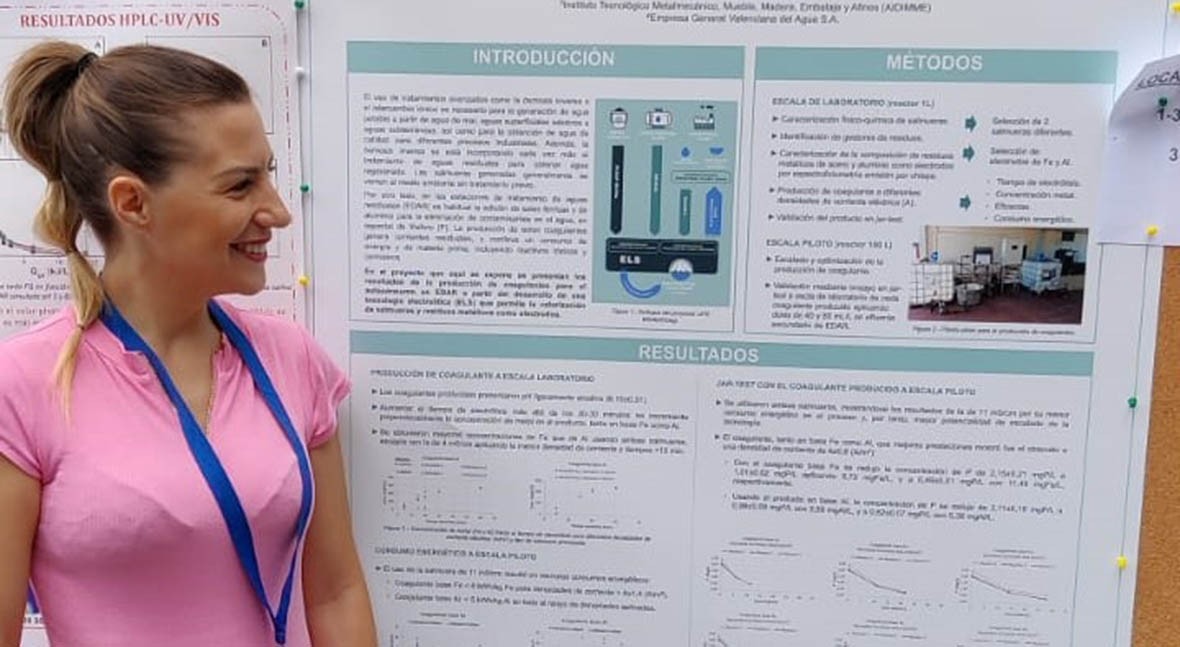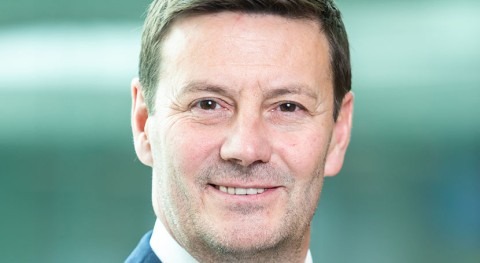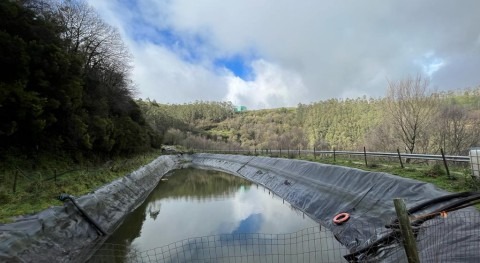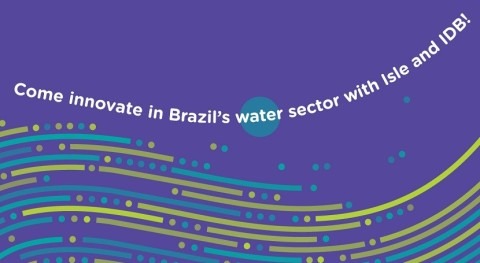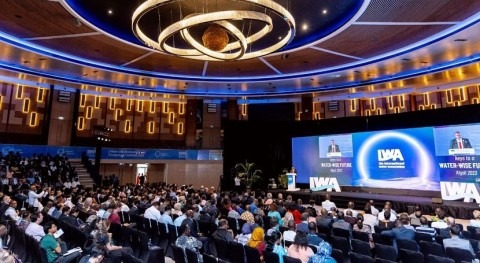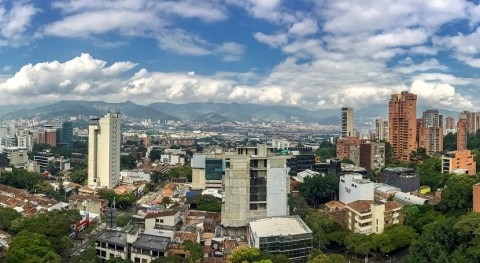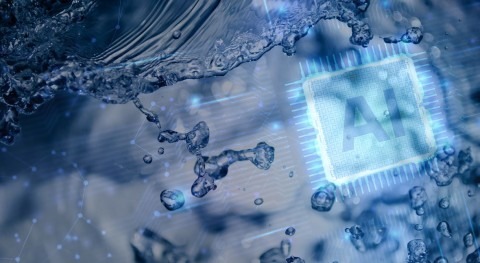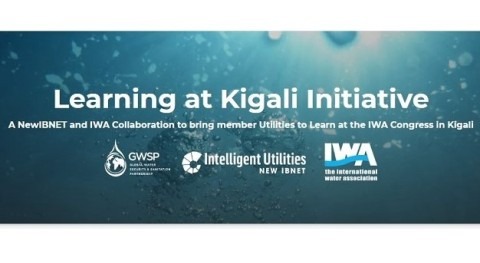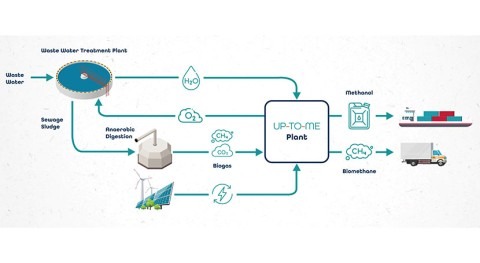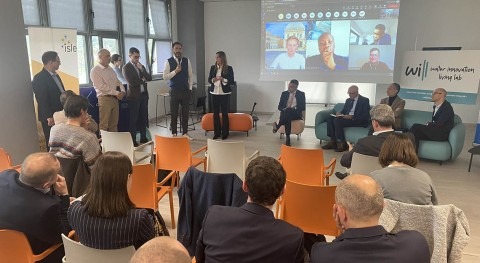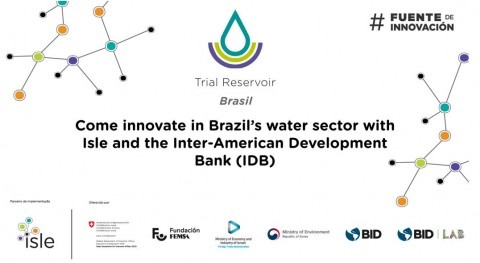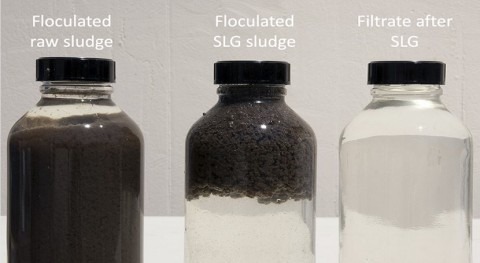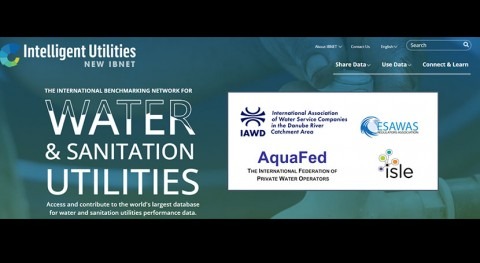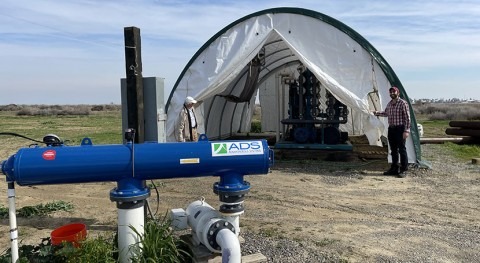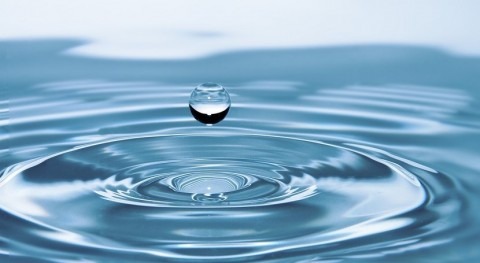LIFE Waste2Coag aims to take a linear process for treating wastewater and make it circular, contributing to a resource efficient low carbon model. The project will use brines and scrap metal waste, valorising them to create coagulants for treating wastewater on site.
We recently celebrated our 2nd coordination meeting at month 8 of the project, following the initial kick-off meeting in December 2021 and the 1st monitor meeting in May 2022. This was a chance to hear from the five partners how the work on the project action they lead is going, to share understanding of the project and ensure we are all on track.
The project has three main drivers:
- Firstly, as a way to manage brines. These are highly salted waters generated during the production of drinking water, as well as quality process water in several industrial sectors. Water treatment worldwide generates an increasingly large amount of brines that are mostly untreated and are pumped into the environment. This causes increased salinity in the soil with a negative impact on crops as well as damage to ocean life and marine ecosystems.
- Secondly, there is a scarcity of metal resources which are used to make coagulants. Due to the increasing demand for metals, there are less resources and prices are rising. There are also negative environmental impacts from the way scrap metals are managed.
- And thirdly, the need for coagulants. Coagulants are chemicals widely used in urban and industrial wastewater treatment plants (WWTPs) to remove pollutants and pathogens from wastewater. Both urban and industrial wastewater treatment plants consume a lot of these. The prices of coagulants rise continuously, and these prices are also dependent on foreign trade.
In the existing linear model of wastewater treatment, there is a lot of waste and environmental damage. Brines from desalination and wastewater treatment are pumped into the sea, surface water, aquifers and sewers causing damage to the soil and marine ecosystems. LIFEWaste2Coag takes this linear model and makes it circular as brines and metal waste are used to produce coagulants to treat wastewater. The technology uses an Electrolysis Pilot System (ELS) to produce the coagulants. The coagulants produced can then be used in situ at urban and industrial wastewater treatment plants. The difference between the linear and circular models are shown in the diagram below:

Waste2Coag will therefore valorise the brines produced in desalination and industrial plants, valorise industrial scrap metallic waste generated by the metal industry and thirdly will generate coagulants using the ELS technology which can be implemented in urban and industrial wastewater treatment plants.
ELS is based on an electrolytic technology that applies continuous electrical current to two metal electrodes immersed in the brines to cause a non-spontaneous chemical change. The technology will be tested at three WWTPs in Spain & Belgium: two urban wastewater treatment plants and one industrial wastewater treatment plant to optimise its operation and prove its replicability and transferability among different sectors. Permits have been granted for the implementation of the ELS pilot system in the WWTP in Gandia (Spain) and the system is currently under construction.
Laboratory tests are being carried out to assess what strength of coagulants can be achieved. In November last year, JOVIAR began the sampling process on industrial brines to collect data on the conductivity and quality of brines. The sampling and characterisation of industrial brines developed by JOVIAR, AIDIMME, AQUAFIN and GOMSL together with efficiency tests, were used to design and select power supplies for the ELS pilot plant, as well as verifying the quality of the brines in the process.
The exploitation and communications strategies are underway and working concurrently. The project website has been created and updated to include downloadable resources such as the project brochure in English and Spanish as well as the project noticeboard. The project has been presented at 3 events in June this year.
Firstly, Dr. Nuria Oliver, presented a poster entitled “Producción de coagulantes para EDAR a partir de la valorización de salmueras y residuos metálicos”. The poster is available to download from the LIFE Waste2Coag website at the XIV Spanish Congress of Water Treatment (Meta 2022) held in Sevilla in June 2022.


